The views expressed here are solely those of the author and do not necessarily represent the views of FreightWaves or its affiliates.
The latest revision to International Maritime Organization (IMO) regulations, known as IMO 2020, calls for cutting emissions of sulfur oxide (SOx) from ocean vessels to less than 0.50% by mass. This bold initiative, which went into effect on January 1, will help reduce the environmental impact of the international shipping industry.
These IMO 2020 regulations require the lowest globally applied requirements of sulfur oxide emissions to date. Outside of designated emission control areas (ECAS), this is an 85% reduction from the existing limit of 3.50%.
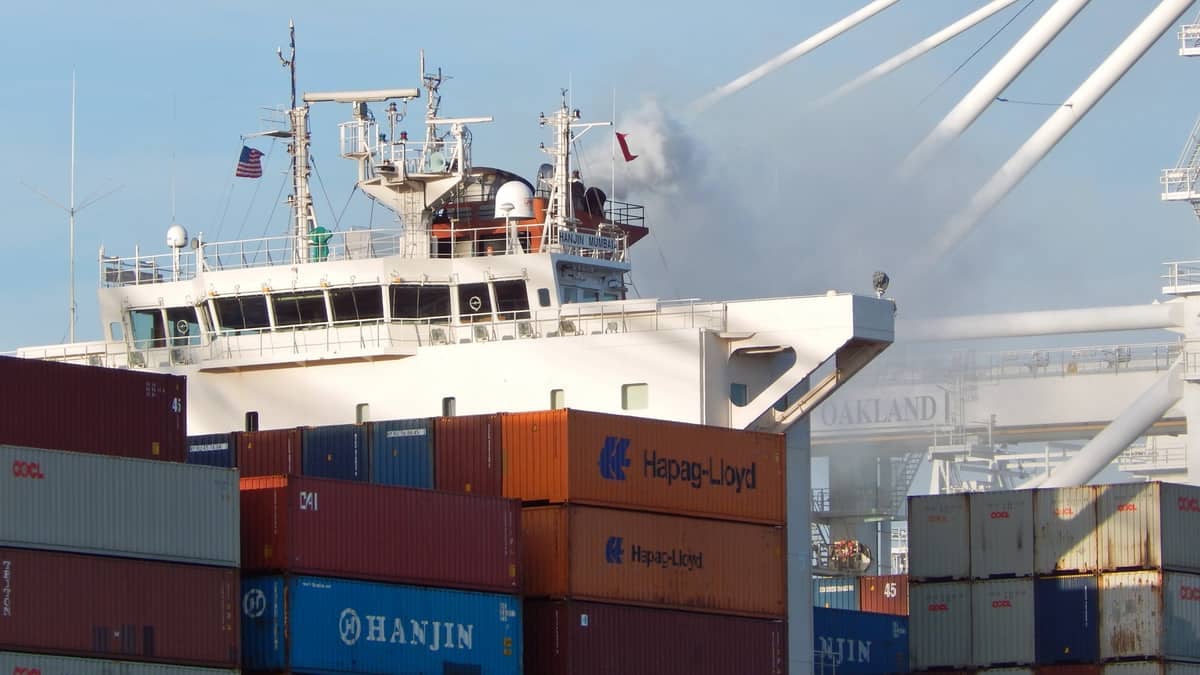
Four established emission control areas already have stricter regulations – the Baltic Sea, North Sea, North American and United States Caribbean Sea. In effect since 2015, within the control areas, the sulfur oxide emissions limit is 0.10%. This did not change with IMO 2020 regulations.
It’s important to understand why these new regulations were enacted and how IMO 2020 will impact the global shipping market.
The effects of environmentally friendlier fossil fuels
Ocean shipping, an efficient and cost-effective means for transporting international goods, accounts for more than 80% of global trade. That’s why it’s important to establish sustainable shipping practices for the future, especially for populations living close to ports and coasts.
The major environmental benefits of reducing marine fuel sulfur emissions to less than 0.50% include improved air quality, reduced risk for respiratory health and reduction in acid rain and acidified water.
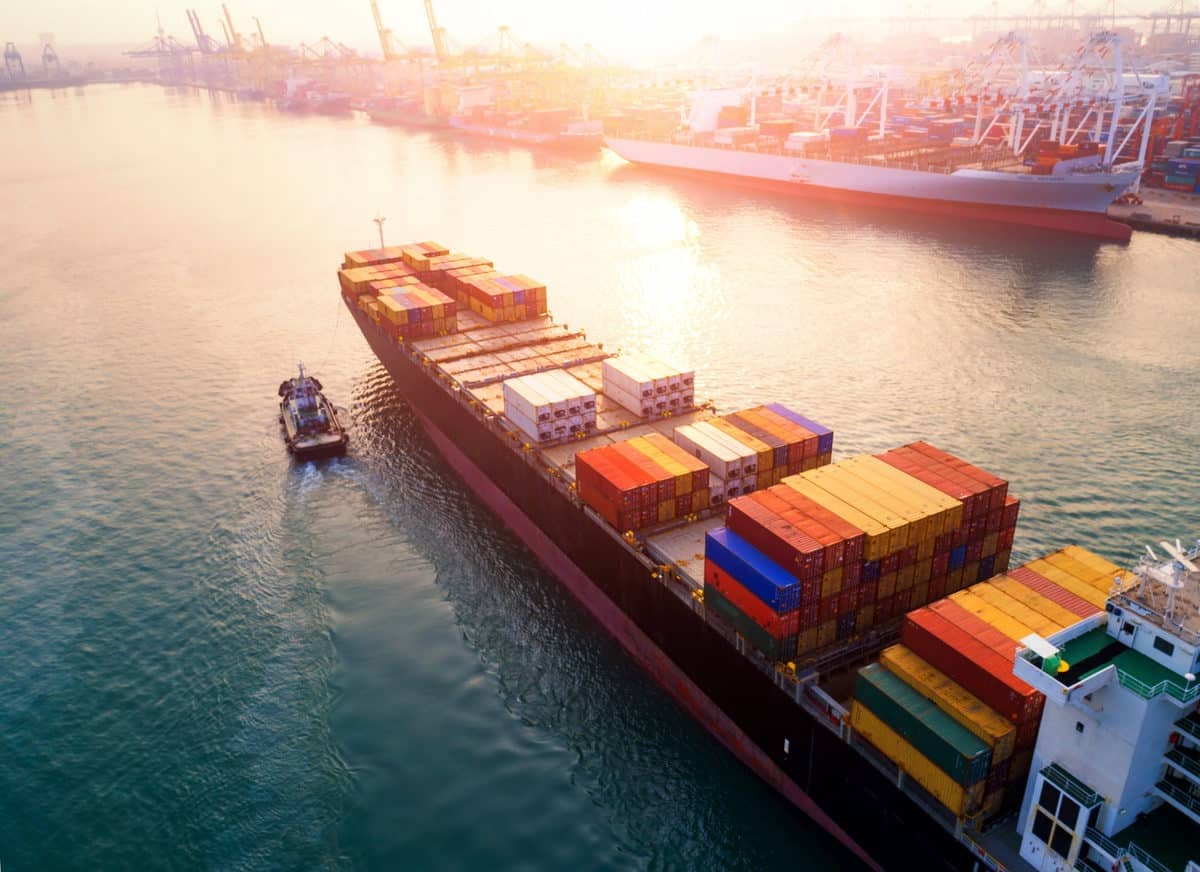
Very-low sulfur fuels can help reduce premature deaths
According to an IMO air pollution and energy efficiency study, over 570,000 premature deaths will be prevented between 2020 and 2025 by the introduction of these lower sulfur oxide emission guidelines. Very-low sulphur fuel (VLSFO) creates less sooty air, which reduces particulate matter in the air, resulting in fewer respiratory health problems.
Greenhouse gas emissions forecast to drop by 50%
Reducing sulfur emissions by utilizing low sulfur fuel oils in shipping vessels will help reduce greenhouse gas emissions by at least 50% by 2050 compared to 2008 requirements. That’s a reduction of 8.5 million metric tons annually.
Several options available for reducing sulfur emissions
Rather than using heavy fuel oil or marine gasoil, ocean carriers have several alternatives to reach compliance with IMO 2020 regulations. These options revolve around fuel choices or sulfur mitigation technology. Shippers must weigh the costs to upgrade as well as ongoing fuel costs and equipment failure rates to meet the new marine sector emission standards.
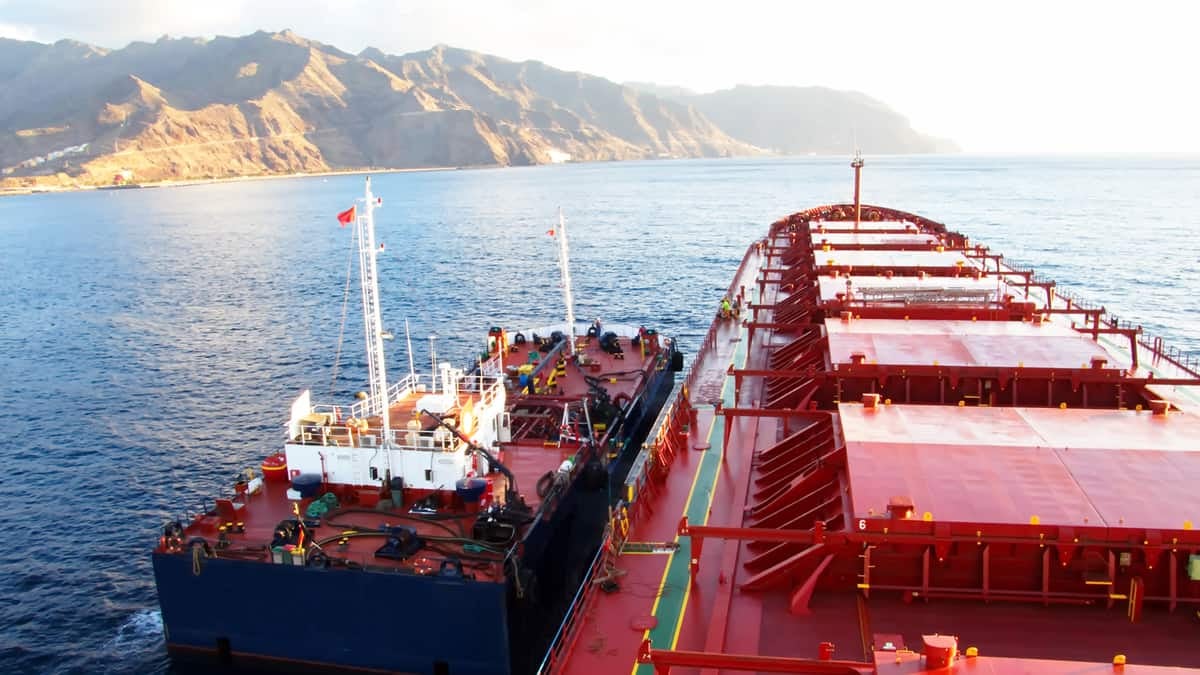
Utilize ultra-low or very-low sulfur fuel oils
The most efficient solution for ocean carriers looking to meet IMO 2020 compliance requirements is to choose a low sulfur fuel, which requires costly investments in vessel upgrades. The initial quality of very-low sulfur fuel is likely to vary significantly according to local refinery configurations, as the current ISO specifications for petroleum marine fuels do not account for blended fuels. Carriers will need to watch for problems with incompatibility. It is imperative to keep different batches of fuels separate to avoid undesired reactions.
Install “scrubber” exhaust gas cleaning systems
A popular option for many ocean carriers will be to limit sulfur oxide emissions through exhaust gas cleaning systems, commonly known as “scrubbers.” These devices remove sulfur oxides from a ship’s engine and boiler exhaust, which allows an existing vessel to continue using fuel with a higher sulfur level. But they will require an initial investment to install a scrubber.
In addition, not all flag states have approved scrubbers due to environmental concerns about exhaust gas cleaning system (EGCS) discharge. In fact, certain flag states, China and Singapore for instance, have already banned exhaust cleaning scrubber discharge within territorial waters. Carriers choosing scrubbers will need to follow all flag state regulations.
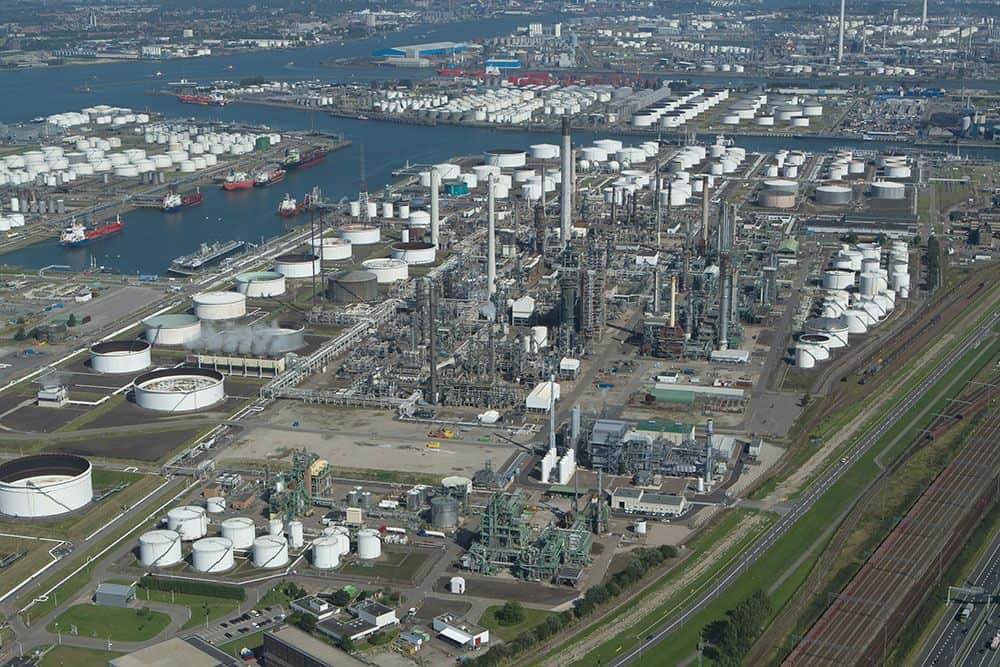
Switch to alternative fuel options
Carriers can leverage several alternative fuel options, most of which are non-petroleum based. Liquefied natural gas (LNG) is a credible option as it is nearly sulfur-free and produces lower levels of nitrogen oxides (NOx) and particulate matter (PM) for reduced air pollution. Unfortunately, alternative fuel sources are not readily available on a large scale at this time.
The cost of IMO 2020 non-compliance
Individual countries are responsible for monitoring compliance and enforcing the new regulations. Both the state of registry of a ship and port states have rights and responsibilities to enforce compliance. According to the IMO, ships of all sizes must use fuel oil that meets the 2020 regulations.
Moreover, the IMO does not allow exemptions to the regulations. That said, if a ship cannot obtain compliant fuel oil, its officers can complete a fuel oil non-availability report (FONAR). The port state control can take this into account when processing, but this does not qualify as an exemption for that vessel.
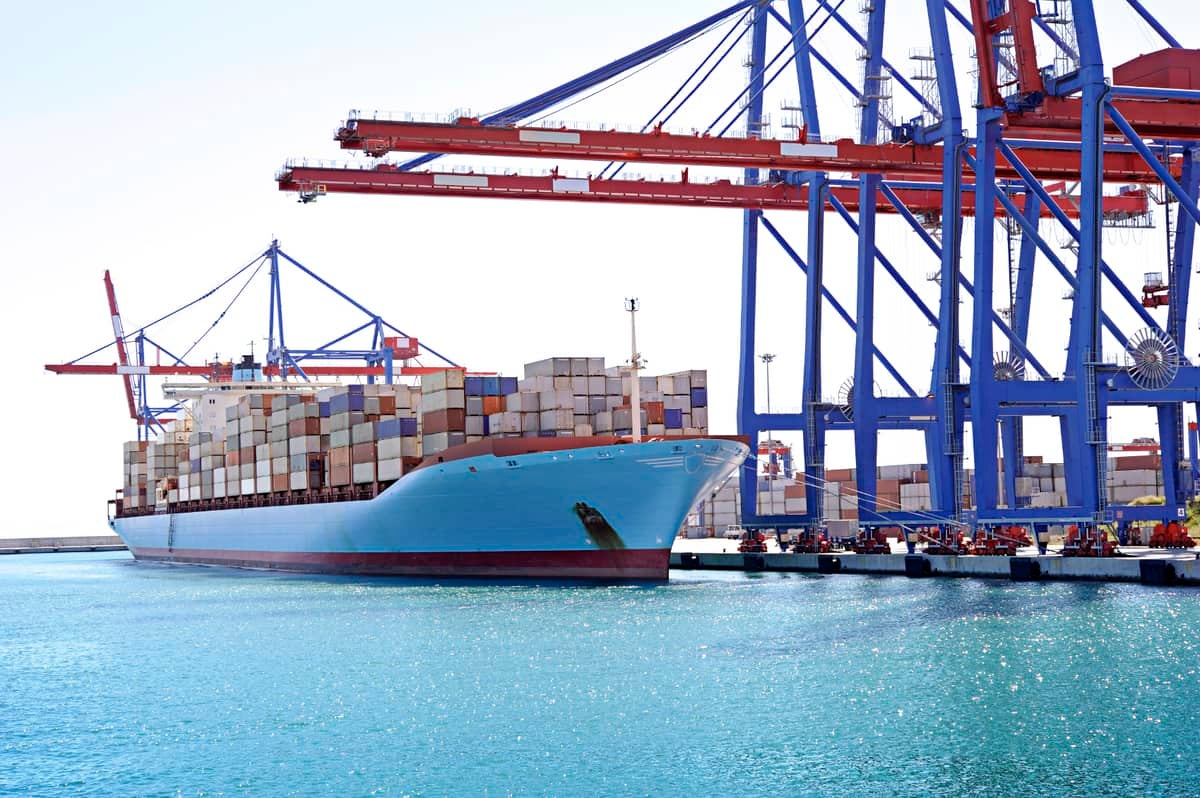
Final thoughts
The IMO 2020 regulations reducing sulfur oxide emissions to less than 0.50% will have a significant impact on today’s shipping industry. But it’s important to remember that these regulations are not the first sulfur oxide emissions standards. Previous requirements did not cause a significant fuel shortage or permanently increase prices.







